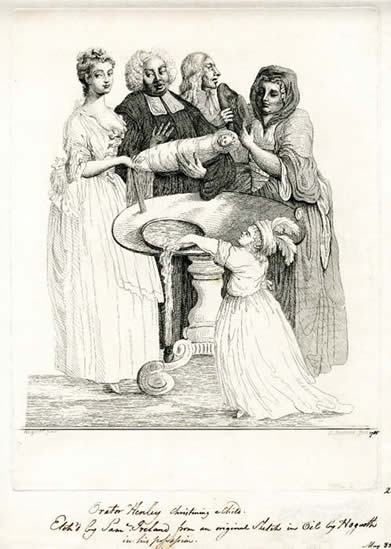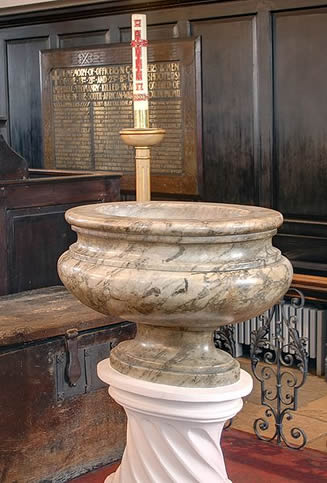
ESRC Project II: The Origins of the modern Demographic Regime:
Infant Mortality by Social Status in Georgian London
Director
|
Director
|
Research Associate |
Consultant |

Our new ESRC-funded research project, started in July 2011 and will run for 22 months, addresses two key questions in population history: how were cities transformed from demographic sinks into self-sustaining populations; and when and why did class differences in mortality emerge? While it is now the norm that urban dwellers and higher income groups enjoy higher life expectancies than their rural or poorer counterparts, this was not the case in historical populations. In England these phenomena emerged in the late eighteenth century, and coincided with rapid population growth and urbanization. Indeed such rapid population growth would not have been possible in a period of rapid urbanization without a fundamental transformation of the urban demographic regime, but our understanding of this process remains extremely limited.
The project uses a novel source of evidence, the baptism fee books of St. Martin-in-the-Fields, to generate improved estimates of infant mortality in London c.1750-1825, and the first estimates of infant mortality rates by social status for this period. We have discovered two previously unexploited sources of evidence that are crucial to addressing these questions: the records of fees paid for burials and baptisms in the large London parish of St. Martin in the Fields, covering the years 1750-1824. We have already transcribed the burial records into digital form for analysis and are now transcribing the baptisms records. The datasets are extraordinarily rich, including name, street address, dates of birth, baptism, and burial, fees paid for baptisms and burial, exact age at burial, and cause of death. Used together, these data will allow us to calculate the annual infant mortality rate (that is, deaths under one year of age per thousand births) in St. Martin in the Fields, and to investigate the causes of improvements in infant survival using information about changes in the age pattern, seasonality, and causes of death in the first year of life. However, the most novel aspect of the project is the evidence regarding the cost of the baptism and burial, that will allow us to measure for the first time differences in infant mortality by social class. We will be able to determine whether wealth really did make little difference to infant survival chances in the mid-eighteenth century (as suggested by previous analysis of fragmentary sources), and if so, whether this reflected the ubiquity of epidemic diseases such as smallpox against which wealth conferred no advantage. The dataset will reveal whether class differences emerged over the period 1750-1825, and the extent to which this coincided with a decline in smallpox mortality, or with the development of other differences, for instance changes in breastfeeding patterns, or in survival rates in the first weeks and months of life, when maternal health and obstetric practices are the main determinants of mortality. Critically, the richness of the St. Martin-in-the-Fields datasets not only provides the key types of information required to establish the extent and causes of social class differences in mortality, but also makes it possible to correct for a number of potential biases that could distort these measurements.
A further novelty of the project is our ability to map and analyse baptism and burial information using historical maps of the parish generated using GIS (Geographical Information Systems) technology. We will be able to map the spatial patterns of infant and cause-specific mortality, and establish whether rich and poor were segregated within the parish, and how patterns of death may have related to population density or geographical features such as elevation. These maps provide an unprecedented opportunity to study the spatial context of historical urban mortality, and may also prove useful for instance to epidemiologists interested in the spread of epidemic diseases in urban environments.

This website is maintained by jeremy.boulton@ncl.ac.uk